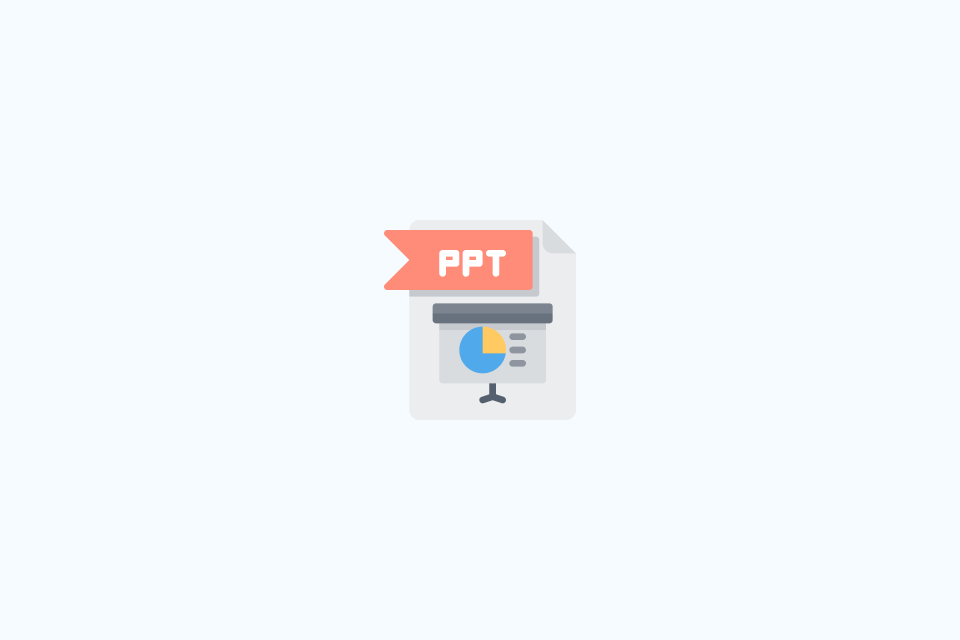La diferencia entre Say, Tell, Speak y Talk

TABLE OF CONTENTS
Muchos estudiantes de inglés se sienten confundidos con los verbos say, tell, speak y talk. Todos describen el acto de usar palabras, pero no se usan de la misma manera. Esta guía te lleva verbo por verbo, te muestra patrones de frase típicos y resalta los errores más comunes que debes evitar.
1. Vista rápida
Aquí tienes una forma sencilla de recordar la idea principal de cada verbo:
say: se centra en las palabras que se dicentell: se centra en quién recibe la informaciónspeak: es más formal y se usa a menudo para idiomas y discurso formaltalk: es más informal y se usa para conversación y discusión
Un pequeño “eslogan” en inglés para memorizarlo:
say= the words,tell= the person;
speak= formal/ability,talk= chat/discuss.
2. Say: se centra en lo que se dice
say se usa cuando nos importa qué dice alguien: la frase o el mensaje en sí.
Estructuras típicas
-
say + words/content- She said nothing.
- Don’t say that.
-
say (that) + clause- He said (that) he was busy.
- They say (that) it will rain.
-
say to somebody(menos frecuente, sobre todo en inglés escrito)- She said to me, “Good luck.”
Puntos clave
-
Con
say, el objeto directo suele ser el mensaje, no la persona. -
Normalmente no usamos
sayseguido directamente de una persona:- Wrong:
He said me the truth. - Correct:
He told me the truth. - Correct:
He said (that) he was telling the truth.
- Wrong:
Usa say cuando el foco está en la declaración en sí: la oración, las palabras o la idea.
3. Tell: se centra en la persona que escucha
tell se usa cuando queremos enfatizar a quién se le da la información. Su estructura casi siempre incluye una persona.
Estructuras típicas
-
tell + somebody + something- She told me the news.
- Please tell him the truth.
-
tell somebody that + clause- She told me that she was leaving.
- He told us that the meeting was canceled.
-
tell somebody to do something- My boss told me to finish it today.
- I told you not to touch it.
Expresiones fijas con tell
-
tell the truth- To tell the truth, I don’t like it.
-
tell a story/tell a joke- Grandpa is telling the children a story.
- He loves telling jokes.
-
tell the difference- Can you tell the difference between these two photos?
-
tell right from wrong- Children should learn to tell right from wrong.
Error frecuente
- Wrong:
She told that she was tired. - Correct:
She said that she was tired. - Correct:
She told me that she was tired.
Recuerda: tell casi siempre necesita una persona después.
4. Speak: más formal y relacionado con el idioma
speak se usa en contextos más formales, especialmente para:
- Hablar de la capacidad de usar un idioma
- Hablar de discursos o intervenciones formales
1) Capacidad lingüística
- Do you speak English?
- She speaks three languages.
- He doesn’t speak German very well.
En este sentido, normalmente no usamos talk:
- Natural:
He can speak French. - Not natural:
He can talk French.
2) Hablar en público / discurso formal
- The president will speak on TV tonight.
- She will speak at the conference.
- He spoke about climate change in his speech.
Patrones frecuentes:
speak about/on + topic- He spoke about his experience.
- She spoke on education reform.
3) speak to/with somebody
- I need to speak to you.
- Can I speak with the manager, please?
speak to/with es parecido a talk to/with, pero suele sonar un poco más formal o serio.
5. Talk: conversación informal y discusión
talk es más informal y se usa a menudo para conversaciones, discusiones e intercambio de ideas entre dos o más personas.
Usos básicos
- We talked for hours.
- They are talking on the phone.
Patrones comunes
-
talk to/with somebody- I like talking to my friends.
- Can I talk with you for a minute?
-
talk about + topic- Let’s talk about your plan.
- We talked about the movie yesterday.
Expresiones frecuentes con talk
-
talk business- Let’s sit down and talk business.
-
talk nonsense- Stop talking nonsense.
-
talk sense- Now you’re talking sense.
-
small talk(charla ligera)- I’m not very good at small talk.
Piensa en talk cuando imagines a personas sentadas juntas, charlando, intercambiando opiniones o discutiendo un tema.
6. Comparando por parejas
a) Say vs. Tell
say= se centra en las palabrastell= se centra en la persona + la información
Compara:
-
She said (that) she was tired.
- El mensaje es lo importante; no sabemos a quién se lo dijo.
-
She told me (that) she was tired.
- Sabemos exactamente a quién se lo dijo: me.
Más correcciones:
-
Wrong:
He said me the truth.- Correct:
He told me the truth.
- Correct:
-
Wrong:
She told that she would come.- Correct:
She said that she would come. - Or:
She told me that she would come.
- Correct:
Regla útil:
- Si quieres que el verbo vaya seguido directamente de una persona, usa
tell. - Si quieres que vaya seguido de una oración o palabras entre comillas, usa
say.
b) Speak vs. Talk
speak= más formal, se usa para idiomas y discurso oficialtalk= más informal, se usa para conversación y discusión
Compara:
-
He can speak French.
- Habla de su capacidad lingüística.
-
The manager will speak at the meeting.
- Habla de una intervención formal en una reunión.
-
We talked about the meeting yesterday.
- Habla de una conversación informal sobre la reunión.
-
I need to speak to you.
- Suena más serio o formal.
-
Can we talk?
- Suena personal e informal: “quiero hablar contigo”.
7. Resumen
Puedes pensar en estos cuatro verbos así:
-
say- Enfoque: las palabras / el mensaje
- Patrones:
say (that) + clause,say + something
-
tell- Enfoque: quién recibe la información
- Patrones:
tell + somebody + something,tell somebody that + clause,tell somebody to do something
-
speak- Enfoque: capacidad lingüística, discurso formal
- Patrones:
speak English,speak at a conference,speak about/on + topic,speak to/with somebody
-
talk- Enfoque: conversación informal, discusión
- Patrones:
talk to/with somebody,talk about + topic
Si recuerdas estas ideas centrales y sus estructuras, cometerás muchos menos errores con say, tell, speak y talk.
8. Práctica corta
Completa estas oraciones con la forma correcta de say, tell, speak o talk:
- He _______ three languages.
- She _______ me that she would be late.
- Don’t _______ anything. Just listen.
- We _______ about our future plans last night.
Ahora convierte estas ideas en oraciones completas en inglés, usando bien los cuatro verbos:
- Be honest about your opinion of this movie.
- You want to have a conversation with someone about their plan.
- Someone tells you not to worry about the problem.
- A friend can use German fluently in conversation.
Puedes comprobar tus respuestas comparándolas con las reglas de arriba. Con práctica regular, elegir el verbo correcto se volverá cada vez más natural.


